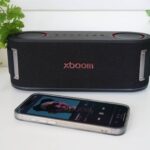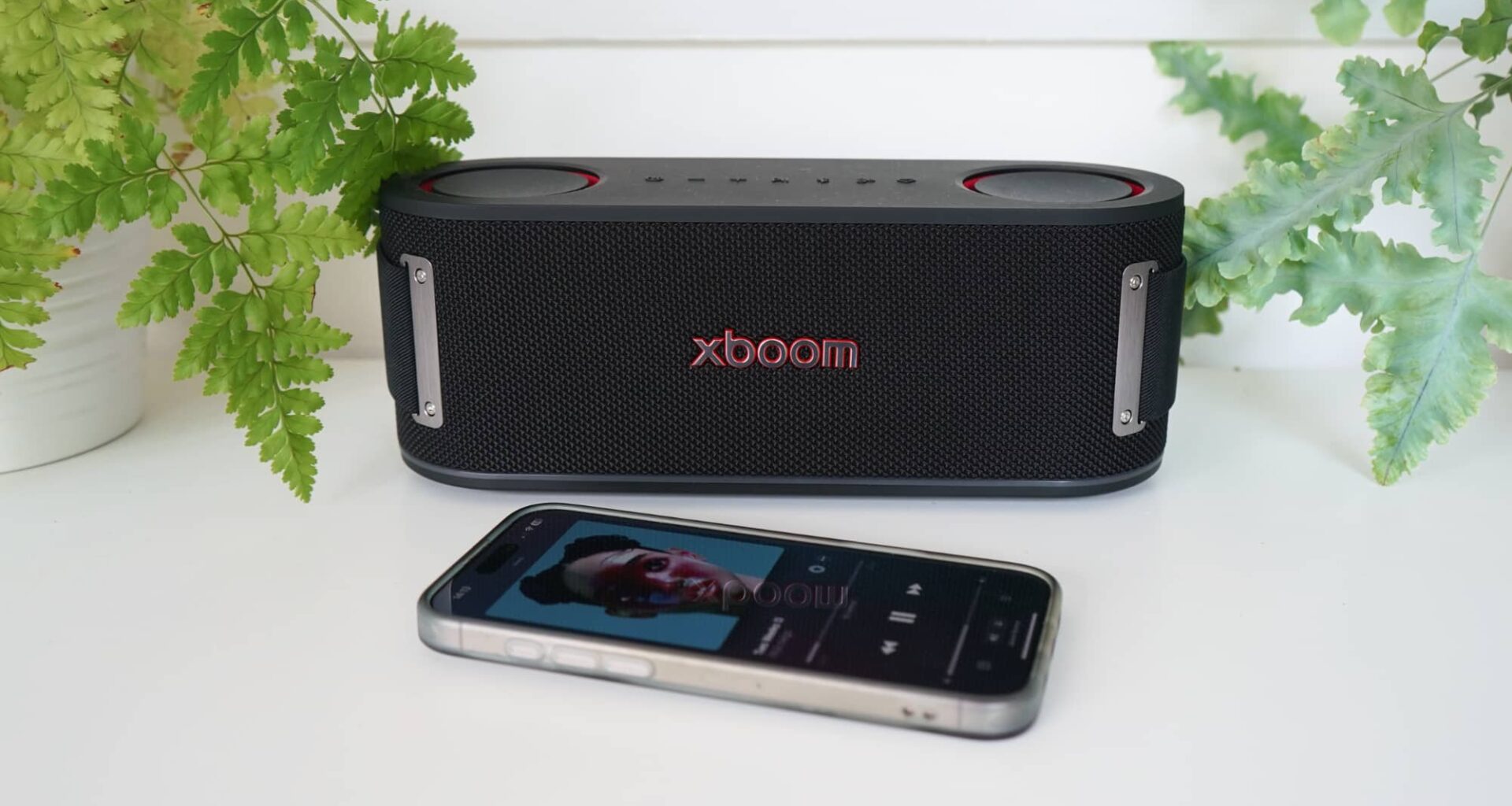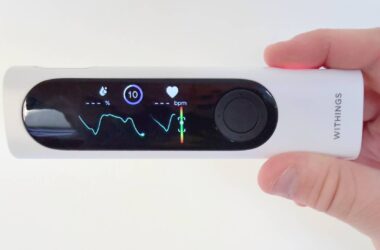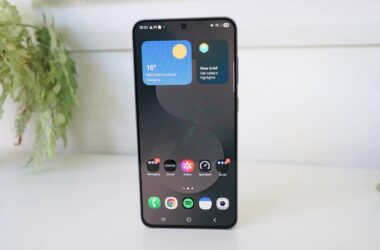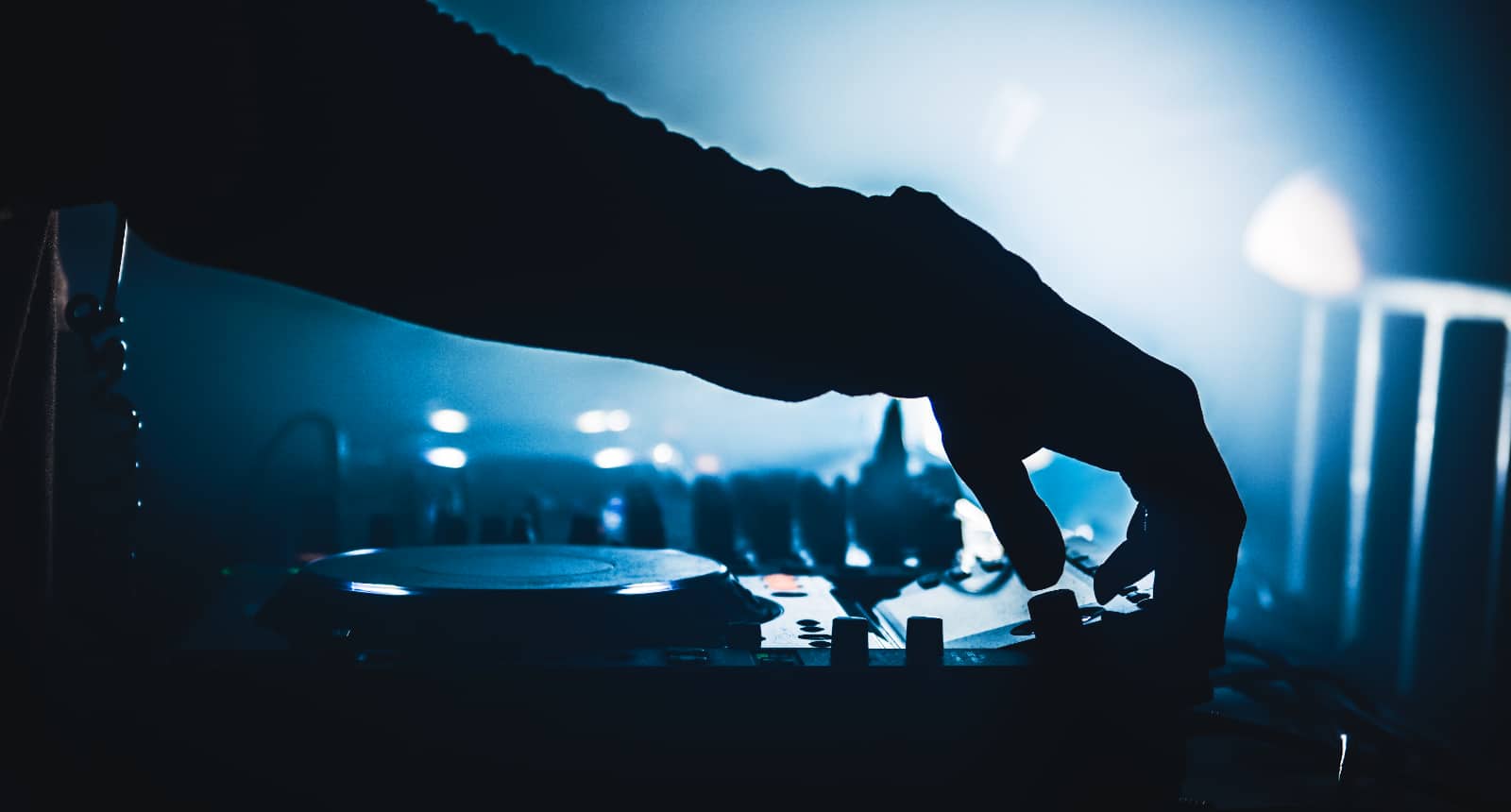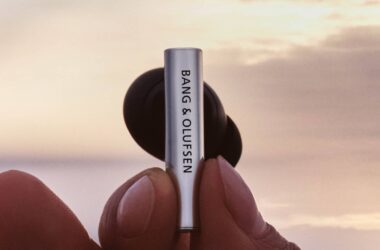Quick review
The good
The not-so-good
Artist collaboration with will.i.am can’t save the LG XBoom Bounce, when what it really needs is more time in R&D with better sound and an app experience that actually works.
Technology has made it easier than ever to take your music where ever you go. Whether you want to make the audio personal with a pair of headphones or earbuds, or share it with friends and family, the sheer abundance of gadgets designed to do that makes it super simple to grab your music and go.
Which begs the question: what sort of features can help improve a speaker moving forward?
Is it a better design, or more power, or maybe even a combination of the two? Or is it support for your songs and playlists without needing to reach for your phone?
Those are largely where LG’s latest speakers intend to go, joining forces with Grammy-winning will.i.am for the latest generation. Does it work, or does it need more time in production?
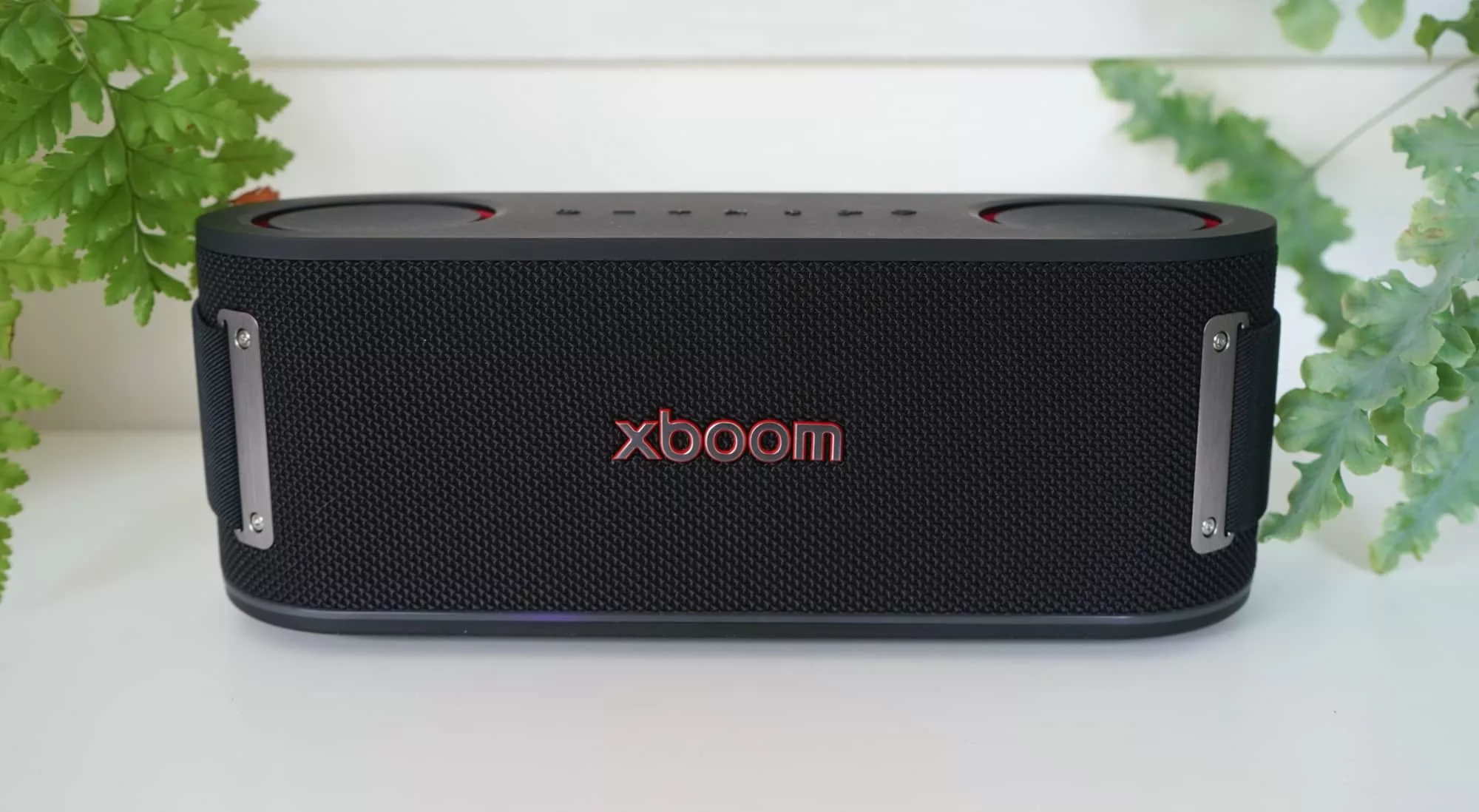
Design and features
More than yet another pill or cylinder, the XBoom Bounce kind of resembles a brick if you curved the edges. It is quite clearly a speaker, even if it’s one we can’t decide on the correct spelling of: is it “xBoom or Xboom, or XBoom”? We’ll jump around the naming and focus on the design, which includes two rounded feed with two circles up top for the bass reflex. Touch them, and you’ll feel the bass moving, even if your eyes will miss it looking down.
Inside, there are two tweeters and passive radiators, with a woofer along for the ride. Technically, the xBoom Bounce is a 2.1 stereo system providing two channels and a sub in a speaker weighing around 1.42kg, making it about the weight of a mid-sized laptop, but clearly chunkier than the slimline machines we see today.
Controls can be found up top, physical buttons for use alongside the app, and it supports connecting to other LG speakers using the multi-mode “Party Link” feature on the speaker.
The speaker is IP67 water resistant and includes a USB-C port on the back, more or less like everything else these days.
There are also lights on the front, with a multicolour LED strip that can light up to the music, while the sides and back includes something we’ve not seen on a speaker: a strap.
One of those features specific to the will.i.am connection with LG’s speaker range is a bit of elasticated fabric that allows you to easily mount the speaker to something in your life. A bike. A pole. Conceivably your backpack. It’s a little more than just another carabiner clip, which is the usual addition.
In-use
Like most wireless speakers, connecting to the speaker is as easy as putting both the phone and your speaker in pairing mode, and linking the two. There’s also the LG ThinQ app as opposed to the XBoom app, which will actually tell you to use the ThinQ app. That’s not confusing at all.

Inside the ThinQ app, you’ll see your Boom, complete with its volume control, lighting, settings, and whether you want the audio on a standard sound setting, bass boost, enhanced voice, a custom equaliser, or an AI sound designed to process the audio for better sound.
The speaker itself includes several buttons up top to control the whole thing: pause, play, volume, Bluetooth, and two extras to let you share the sound to other speakers with multi mode, and start your favourite playlist or healing mode. More on that shortly.
Interestingly, once you’ve pressed that multi-speaker button and you’re in Party Mode, you can’t actually press it to turn it off. You’re going to need the app for that.

In fact, LG wants you to use the app for more things, like the lighting, which can either be set to a specific colour and motion path, or an “AI lighting” setting that reportedly uses the content to play “optimal lighting”.
We’d probably recommend against this, because it doesn’t seem to be anywhere near as animated as choosing the your own option, and tends to make all the lighting seem boring, flat, and unanimated entirely, as if the songs were all slow waltzes with no changes.
Performance
The sound is clearly the most important part, and as usual, we’re checking that out by using our consistent approach to speaker reviews: the Pickr Sound Test, which you can hear for yourself.
That starts with electronic from Tycho and Daft Punk, two tracks that set us off with the hope for balance and some obvious yet not overpowering bass. That’s the idea, anyway. In the LG xBoom Bounce, there is perhaps too much bass with lots of oomph, while the highs feel shallow and restrained. But mot than anything, it comes off feeling like all the sounds have been blended together.
Sound is complex. It’s normally spacious, and should sound that way. It should invite you in and let you peek into its layers.
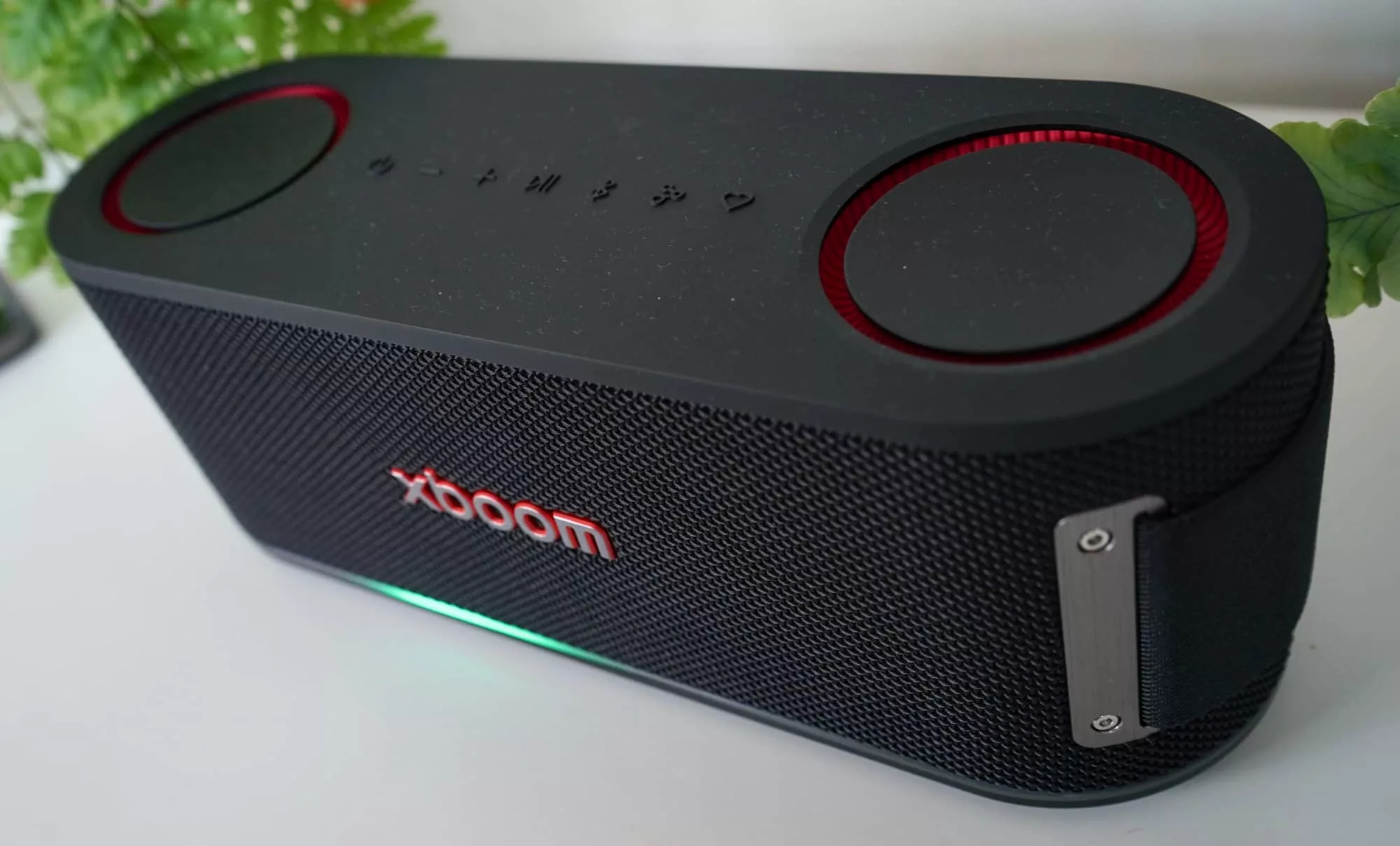
But as we dive into the sound test on the xBoom Bounce, the sounds start to feel blended together. The bass is punchy but lacks detailed, fuzzing out into distortion almost too easily, a vibe we get on Ariana Grande’s “Into You” and FKA Twigs’ “Two Weeks”.
Other tracks come off empty by comparison, particularly when the bass hasn’t been amped by in the studio. The rounded lows in classic soul from Marvin Gaye feels empty, and while the whole song is fine, it’s also flat.
Rock is a bit better — there’s more life injected into the speaker with the likes of Muse, Rage Against the Machine, David Bowie, and Paul Simon — but the sound stage feels compressed, as if there was no need for layers in the world of the XBoom Bounce, and all you really needed was volume.
It isn’t, by the way; sound is more than just simply being loud. Not that you’d really know with this speaker. It gets loud, but it’s never really a detailed and spacious sound.
Battery
One of the better aspects of the XBoom Bounce, however, is the battery life, which manages 30 hours of playback, provided you don’t mind the sound of the speaker.
If you can get to that point, the XBoom can keep you going all night and a little into the next day, or if you’re running it for a few hours per day, there’s a good week of playback. Whatever gets you through the day or week, it seems.
Value
Priced at $299, the LG XBoom Bounce can seem like a decent value, pitching the $300 price point as a solid price for sizeable sound. There’s more size here than most speakers, and more in the driver department.
That’s great on paper, because it seems like you’re getting bang for your buck.
What needs work?
But what really needs work? The sound. And the app. Really just the main reasons you’re considering buying the speaker. It’s certainly not for a strap.
Let’s stay on the sound, which we’ve already covered, but needs to be better.
When testing in the standard sound profile, the audio feels flat. It can get loud and booming, but it’s the sort of sound you’d get annoyed at your neighbour for blasting on a cheap speaker, and this is no cheap speaker.
LG offers an AI mode that should hopefully fix this, but it’s a bit of a bust. The sound stays flat and shallow, but the AI always flexes some weird sense of dynamics, muddling up the sound.
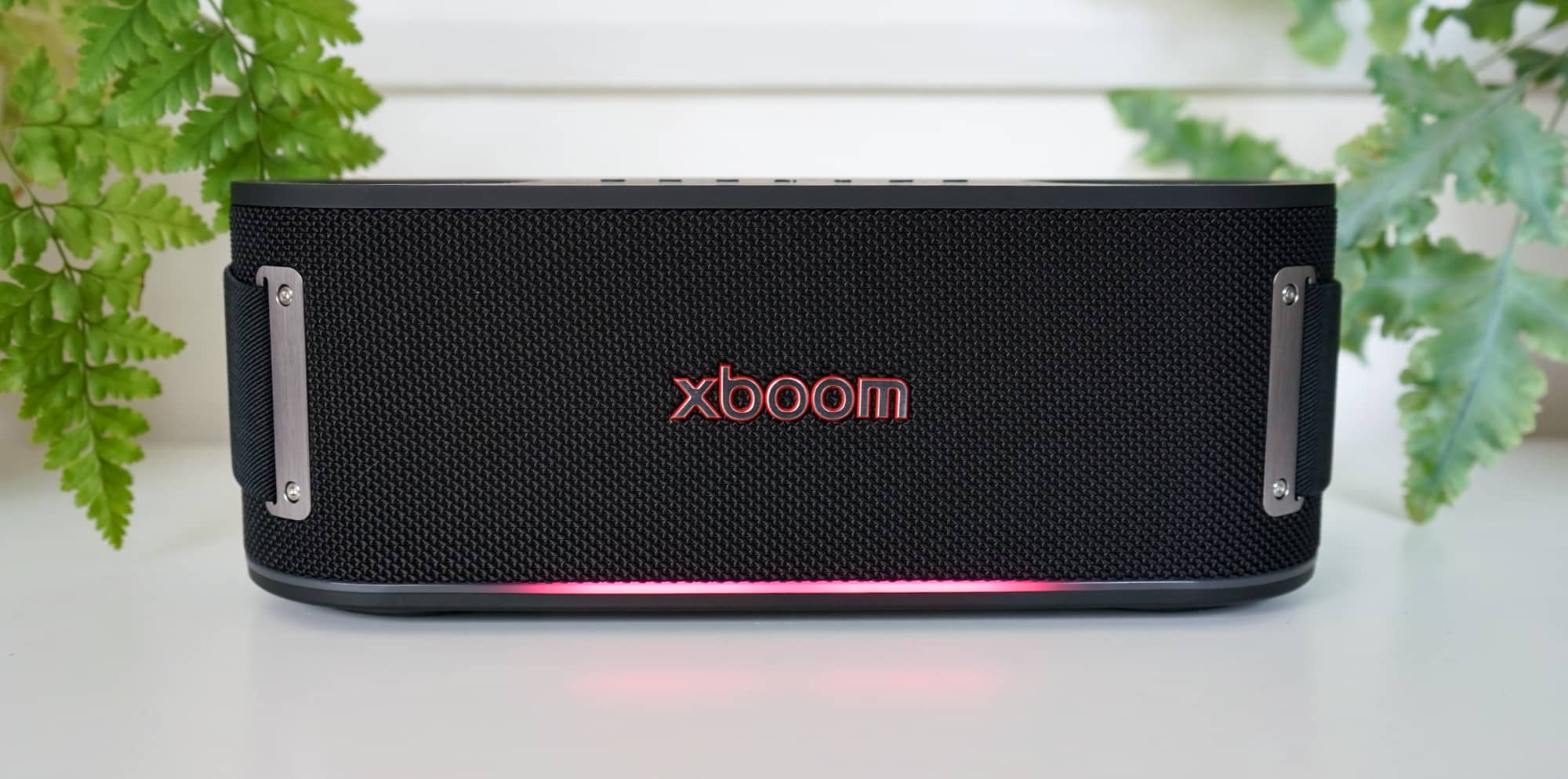
It never quite becomes promising, rendering bright at times and booming in others, while lessening the soundstage. The whole thing just reads as a muddled mess.
It’s not alone, either. LG really needs to fix the app. Oh LG, please fix the app. It really prevents the features of the Bounce to stand out, or even just work.
Before launch, LG talked up Apple Music integration, which surprised us greatly. Certainly neat, and a change from the usual everything-Spotify-fest, but we were curious as to what it includes and how it works. So we cracked open the box and got stuck in.
And after reviewing the LG xBoom Bounce, we can say confidently that the Apple Music integration is not really much of anything, and that the idea behind it doesn’t actually work.
The idea is that you’ll have a heart button that can load up Apple Music playlists without needing to reach for the app. If your phone is nearby and paired, the speaker can play your favourite playlists simply by touching a button at the top of the speaker.
That’s the idea. It just doesn’t doesn’t work.
To be fair to LG, Apple integration is technically there — we can see a section for “Apple Music Playlist” in the app — but nothing shows up. Not immediately anyway. LG has a process for you, which is maddening beyond belief.
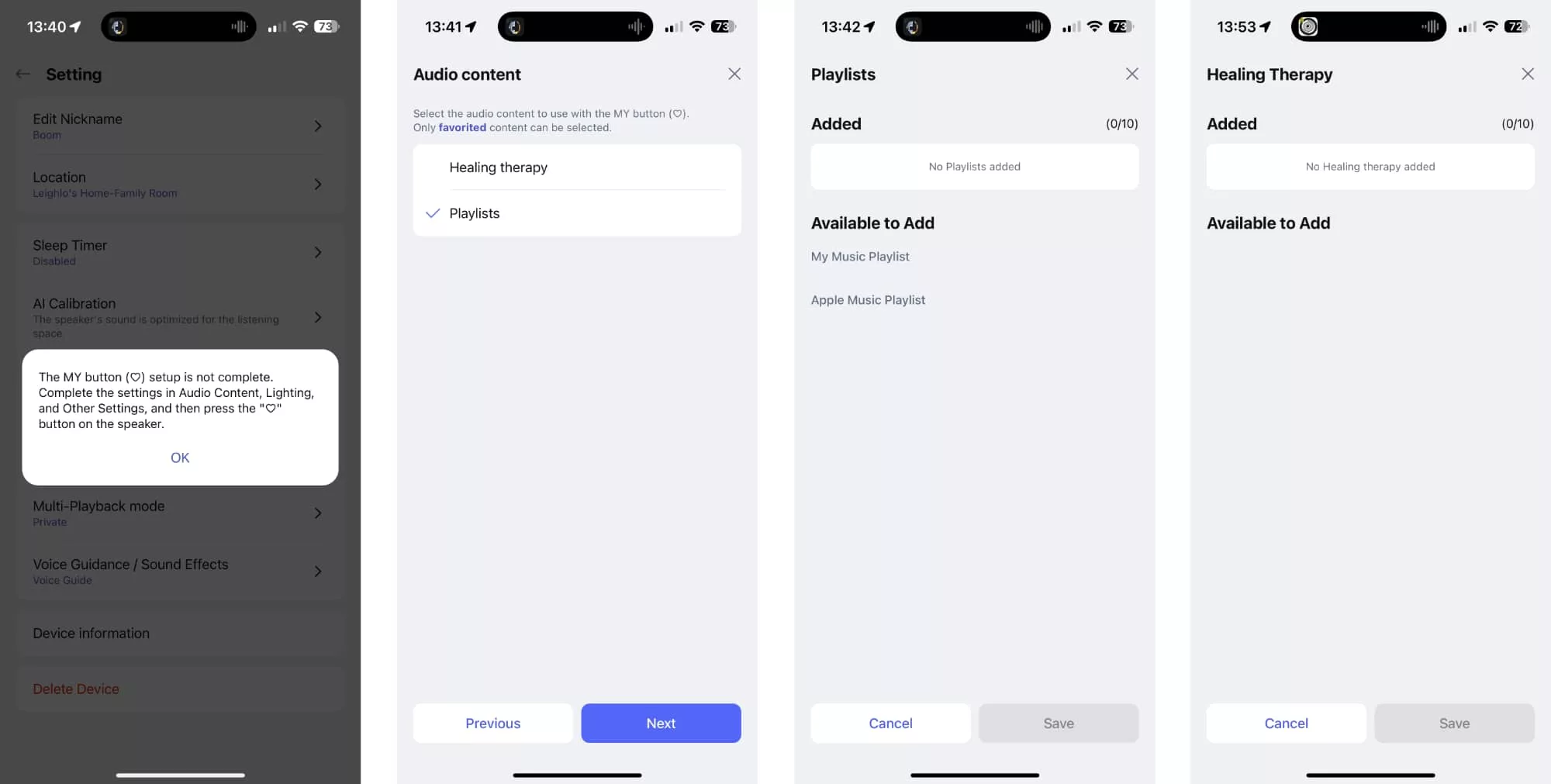
The problem is how LG has programmed its app, which wants you to create a playlist specifically for the speaker and the app inside of LG’s ThinQ app. And then add songs by scrolling through a list of every song you’ve ever added to your Apple Music library to a playlist.
There’s no search box, either; it’s just a really long list and a bunch of songs you can check.
It’s a mess, when it could have just natively talked to a service, much like how Sonos works. You’ll find it’s a similar issue with Healing Therapy, which only ever offers you one track to download until you leave the section and come back in, rather than offering you a free service of moods and themes.
We need to note that like many other Apple Music subscribers, we have a lot of playlists, some of which are even open to random people to listen to, such as the aforementioned Pickr Sound Test and the Dolby Atmos equivalent, both of which were downloaded to the iPhone used in this review. Not that you’d realise it, because LG’s app missed both entirely. It missed everything.
The app even includes a section for music files on your phone, even in an era when most people stream from a service.
That’s not to say you can’t use the speaker; you totally can through standard Bluetooth. But setting up the neat little “heart” symbol at the top requires either music playlists or a healing mode in the app. Unfortunately, the playlist feature doesn’t work, and even trying to set up the “Healing Therapy” feature seems to go nowhere.
It’s a waste of a feature and a broken heart.

Lighting on the app isn’t any better, and like the AI approach to sound, just feels like it’s not doing anything useful. In fact, leaving the “AI analysis” on will probably make you lose any faith you had in AI in the first place.
The speaker even has a neat bug where it just stops working after you take a phone call. The phone is still sending audio, but the speaker isn’t playing. Pause, play, none of it works, and you need to force crash and restart your own music app.
It doesn’t help the xBoom Bounce that the speaker isn’t amazing, but the experience isn’t fantastic, either.
Oh, and don’t even ask about Raidio.fyi, the music service championed by will.i.am that at launch LG said would integrate with the speakers. You won’t find it in the app, but you could stream from it by simply grabbing Raidio.fyi like any other app. It’s not special, even if it’s alluded that it is a special feature.
Frankly, we’re not sure if anyone in LG’s speaker division tried this speaker’s features before release. It’s all a bit of a mess. It needs to be better.
What we love
The design is admittedly better than we expected, and we think we can identify why: the strap. It’s clever. The built-in strap is a clever way to grab the speaker, to strap it to a surface or bike or something when you’re out and about.
The XBoom Bounce is also water resistant, so if you’re strapping it to something and taking it on an adventure, the speaker should be fine.
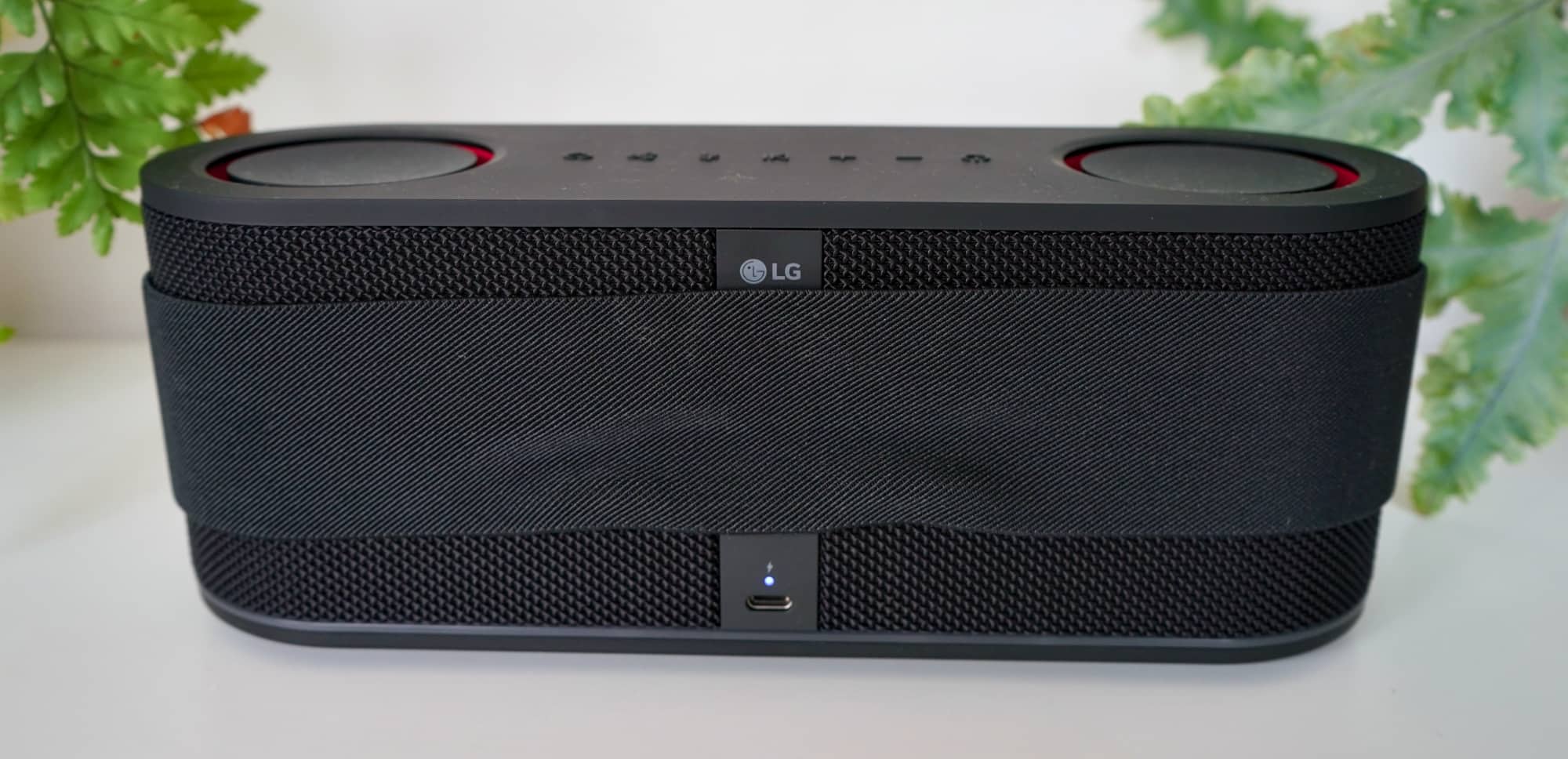
LG xBoom Bounce vs the competition
But LG’s biggest problem isn’t the app, even if it’s admittedly a disaster. It’s not even the half-hearted approach to Apple Music integration in an attempt to win over iPhone owners.
It’s that there are just better speakers out there, even for the price.
Even if the rough $300 price tag is appealing, there are smaller speakers that do the whole deal better, app and sound experience.
Bose’s SoundLink Flex comes to mind for $249, while the Sonos Roam now in its second generation is $299, smaller, and sounds better, while delivering better app integration. We loved the original, and still use it when we’re out and about. For a little more, the UE Everboom is a better choice, too.
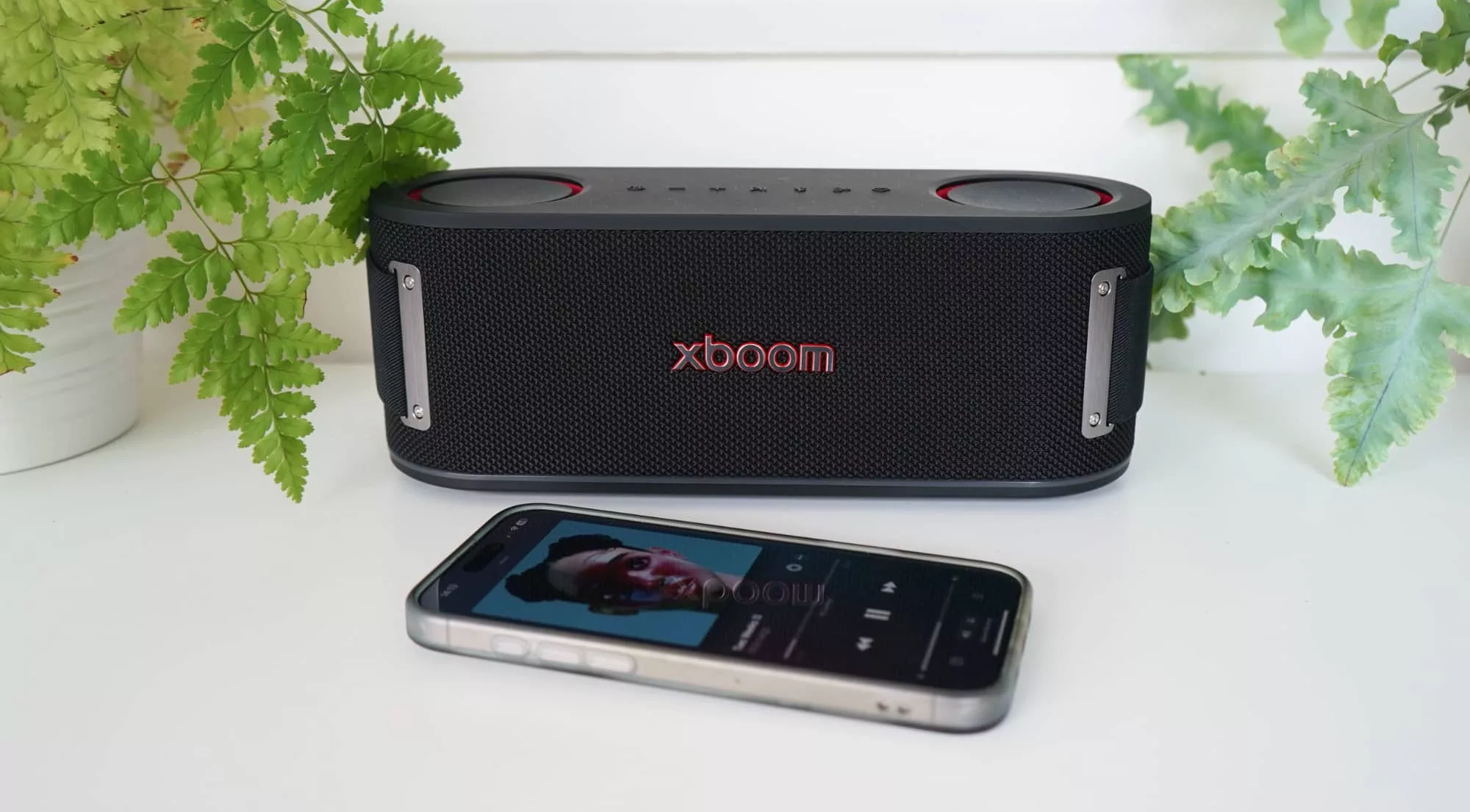
Final thoughts (TLDR)
Three LG speakers were launched in collaboration with Grammy-winning musician and producer will.i.am this year, and yet one has to wonder if there was a better speaker he could have stuck his name on.
The problem is the LG XBoom Bounce looks promising and is designed to stand out, yet does the latter for the wrong reasons.
Between a mediocre app experience needed to set up the speaker’s extra features and a sound quality that clearly needs to be better, it’s hard to imagine will.i.am walking up to other band members or fans and saying “check out this killer speaker”. If anything, he should be on the phone to LG asking “what happened”.
It’s difficult to recommend the LG XBoom Bounce to anyone but the most ardent fans of either LG or will.i.am, and to be honest, there are better options for both.
LG’s T90s earphones will do a better job for taking your music to go, and if you dig yourself some Black Eyes Peas and beyond, there are plenty of other great headphones and speakers to try out. This just isn’t one of them.
